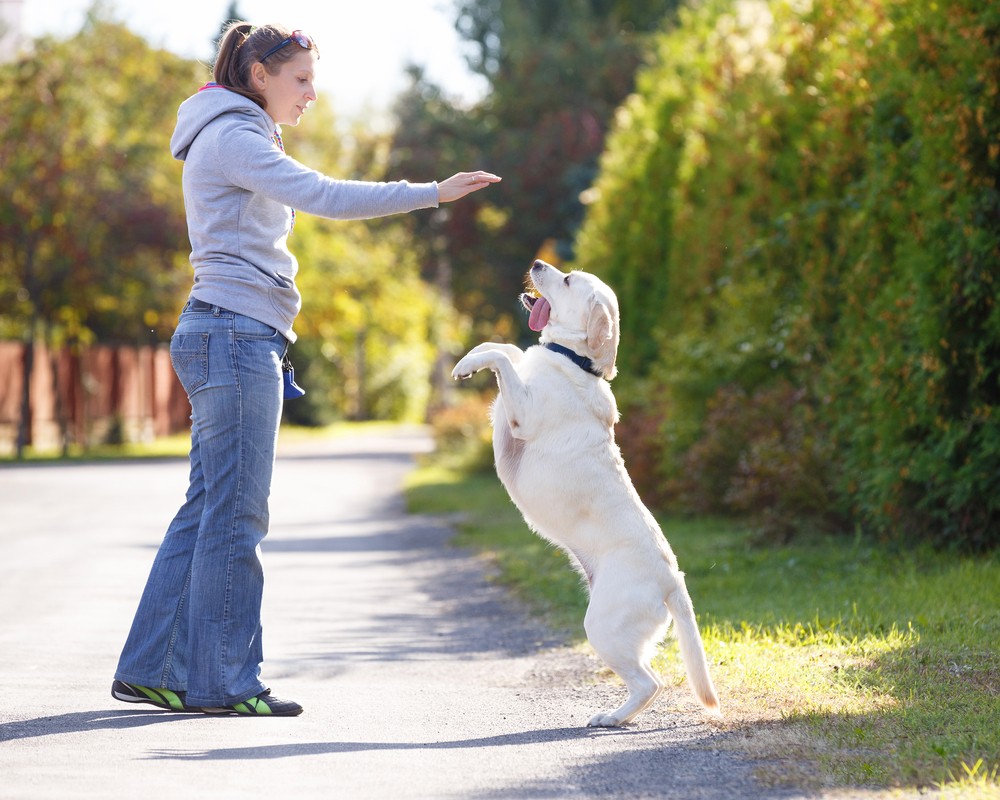A student is taking a private agility lesson at my facility. She finishes a particularly challenging sequence and turns toward me to talk about it. Meanwhile, her dog runs off and starts exploring the agility area on her own. While we chat, the dog circles the area, running through random tunnels or searching for treats. The handler finally calls her dog, but the dog is busy having fun.
Eventually, she collects her dog and puts her on leash, frustrated.
I am watching an online training video from one of my classes. The dog finishes a sequence of behaviors, and the handler hands him a treat and turns away, walking back to the area where she started. The dog eats the treat, looks at the handler, and seeing no connection, starts sniffing the ground. After a few seconds of this, the handler notices that her dog is not with her and scolds the dog, saying "get over here!"
As an instructor of both online and in-person classes, I regularly see my students disengage from their dogs while training. This disengagement does not usually occur while training the behaviors, but rather during the resets in between repetitions. I work very hard to maintain connection with my dog throughout our entire training session, and I don't want him to practice the cycle of disengaging and me having to get him back. I want my dog to be working with me the entire time that we are training, rather than possibly self-reinforcing by sniffing the ground or scavenging for treats, or building in other undesirable behaviors.
So how can we fix these all-too-common scenarios?



